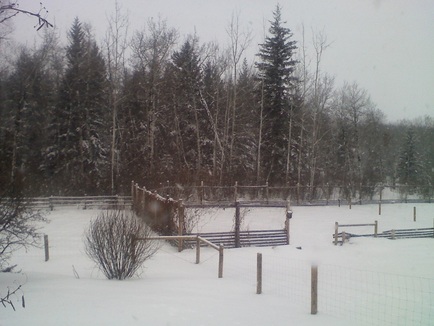
I find it impossible to open the gates for example. I am not sure how to alleviate that problem, other than dig my way out all the time. The main gate to the farm has to be kept free of snow or no vehicles will be able to move in or out. I have a snow blower, but hate to use it because there is no exhaust emission control and it blows bad exhaust in my face. I come in smelling of it..gross!
I understand fully why there are granaries and feed storage buildings, and why hay storage areas have roofs, as do most wood storage places. A simple pole shed would be adequate to keep the heavy snow and ice from the tarps. It makes it impossible to get underneath to get at the hay and if they hay is exposed it becomes too heavy and frozen to the ground. The dogs need better dog houses too. In minus 20 or higher it is not so bad for them because they are livestock guardians with very thick downy undercoats, but their feet get cold, especially Harley's. I do not know what his first 2 years were like, but when I rescued him, he was only 69 pounds and should have weighed double. Maybe he was not fed enough and it affected his body. He is such a great dog that he deserves to have an insulated and heated house for this frigid land.
So, in preparation for next winter, a roof over the wood, a pole shed for hay and a feed storage unit all need to be in place to make life easier for all, plus a hot water faucet to provide warm water for the waterfowl to swim in and the goats and rabbits to drink . They do not do well in the cold and warm water helps them keep hydrated. In the meantime, I am counting down to spring....only 58 days!

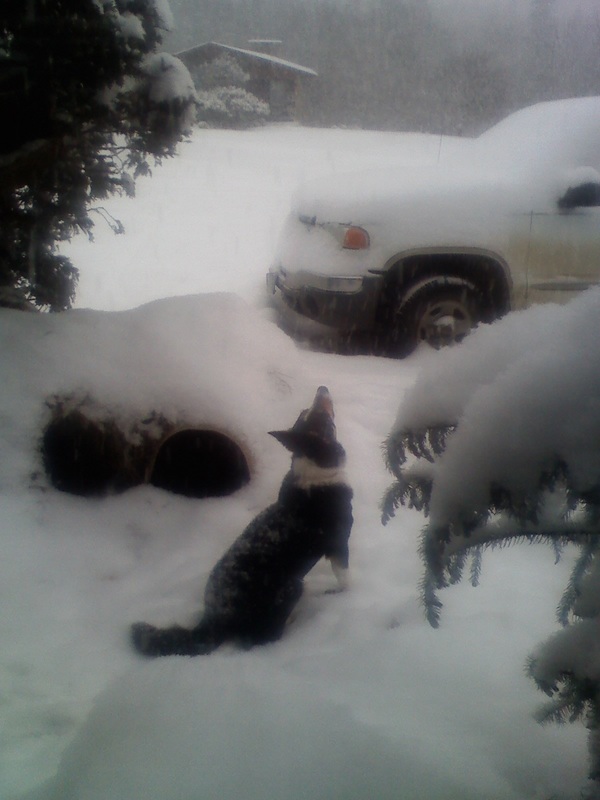
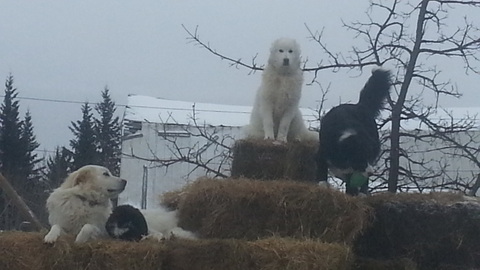
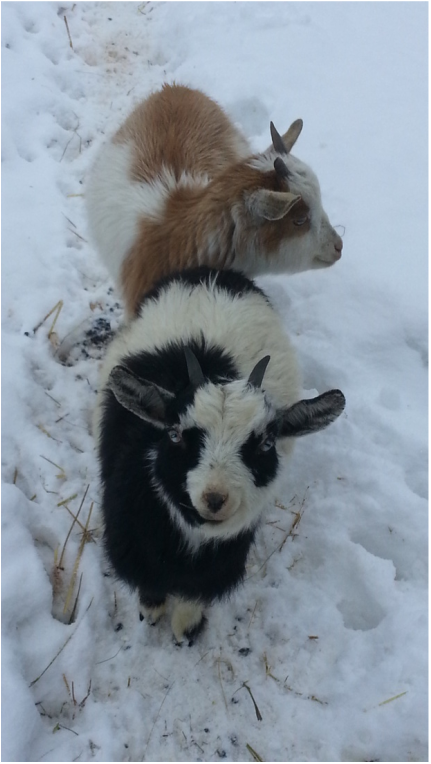
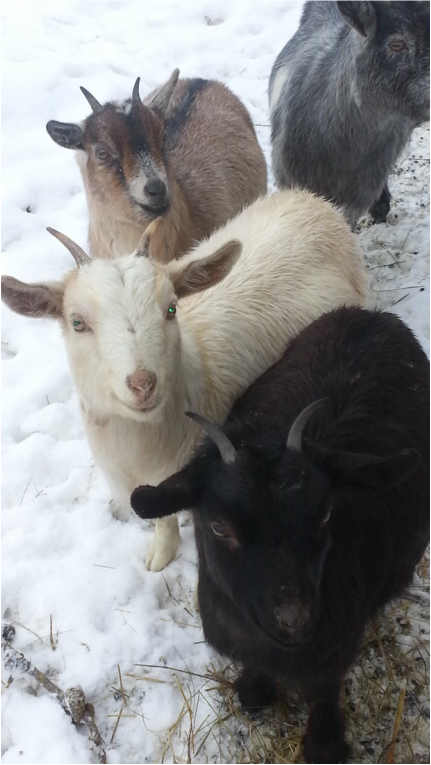
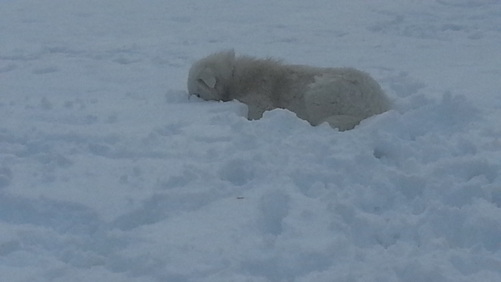
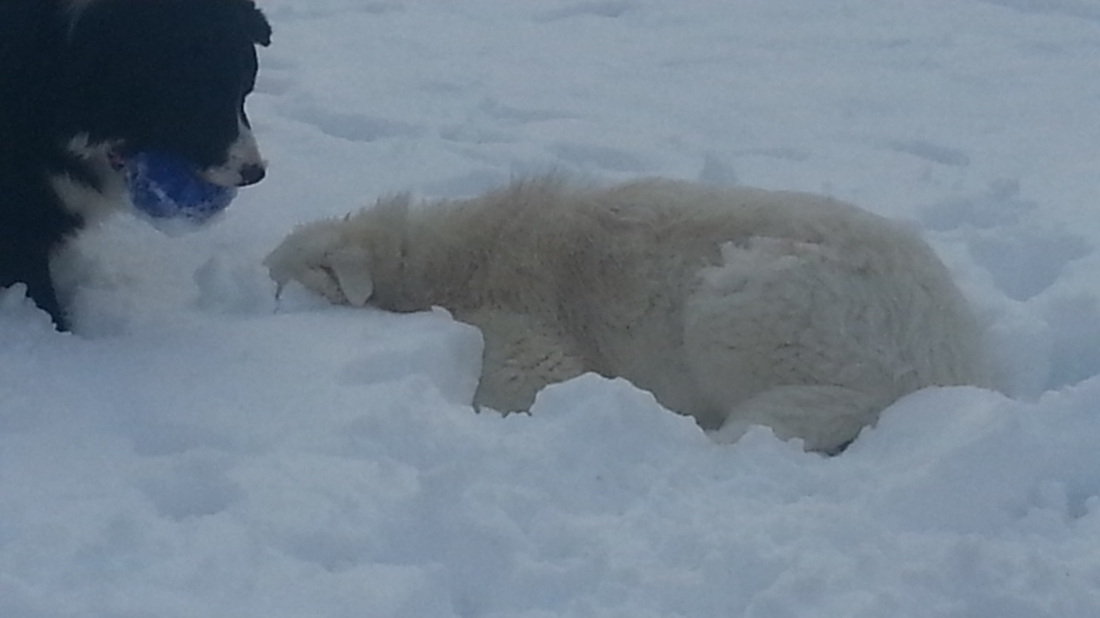
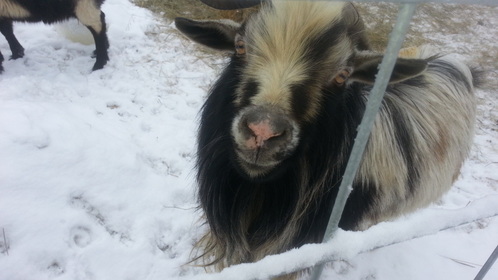
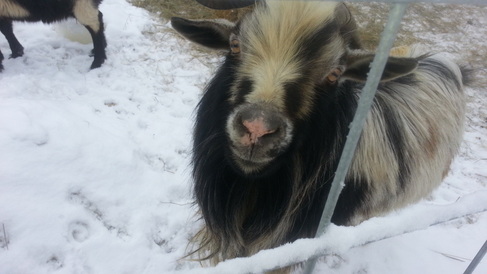
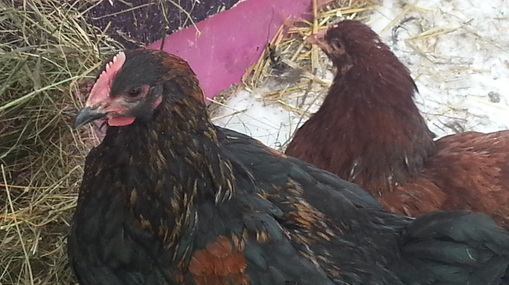
 RSS Feed
RSS Feed